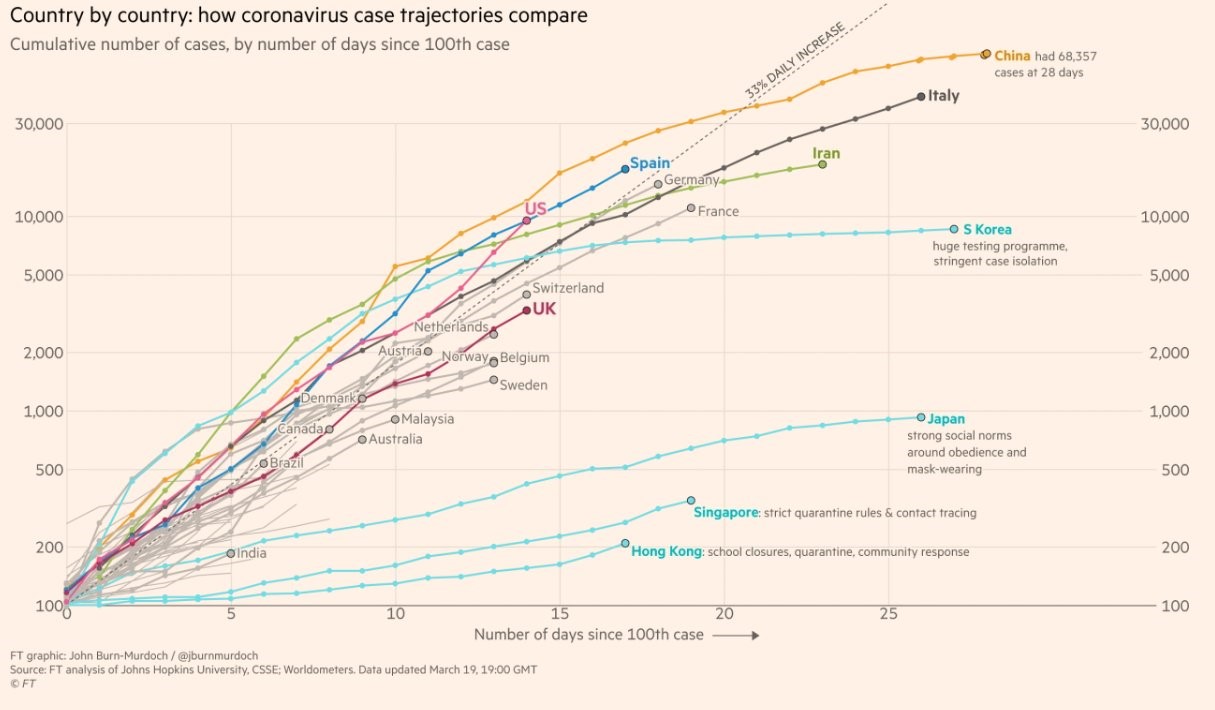Week in Washington is brought to you by Michael Cohen, PhD. Tune in each week to read the latest on healthcare policy and get a glimpse of what’s on the horizon.
Week in Washington: Latest on the Coronavirus
3/19/2020
Congressional Action
This week Congress passed a coronavirus bill that includes requirements for all insurers for all lines of business (group, non-group, Medicare, Medicaid) to cover the costs associated with testing for coronavirus. The bill also included a 6.2 percentage point increase in the federal Medicaid matching rate. You can read more about what is in the bill here.
Further, Congressional action is likely in the coming days and weeks. Congress is likely to focus primarily on a stimulus package, although additional health items such as expanding requirements on insurance companies to include treatment and surprise billing have been discussed.
Regulatory Actions
- States – States have been at the forefront of regulatory movements over coronavirus. KFF has a great tracker on what states have made requirements on cost-sharing for tests, cost-sharing for treatment, Medicaid waivers, etc.
- Medicare/Medicaid – CMS released new flexibilities for Medicare (around telehealth) and state Medicaid agencies (1135 waivers).
- Providers – CMS also released recommendations to providers to limit all non-essential planned surgeries and procedures. Hospitals are increasingly worried that an influx of coronavirus related patients will overwhelm their capacity. The NY Times has analysis on which areas are most at risk.
Numbers: World and US coronavirus cases continued to increase. The US, in particular, has seen an increase in the number of cases not only for an increased number of infected but also because of an increase in testing. As a reminder, those infected by coronavirus, on average, do not exhibit symptoms for 5 days, and it takes, on average, 4 to 5 days for a coronavirus test to be verified. This means that the effect of social distancing type policies may not appear in the data for around 10 days.

Uncertainty/Projections: There remains extreme uncertainty as to the impact the current pandemic will have. Between uncertainties around the virus itself (e.g., will there be seasonality, reinfection potential, etc.), impact of social distancing policies, and potential for pharmacological interventions, the range of outcomes remains extreme. That said there have been a growing number of projections on the impact of the virus on the US. The NY Times modeling had the number of US fatalities between 50,000 and 1,000,000, the CDC modeling estimated US fatalities between 200,000 and 1.7 million. Modelers in the United Kingdom estimated that without social distancing policies, the US could experience at least 2.2 million fatalities, although social distancing could decrease that number by 50%. These models do not account for new pharmacological interventions and tend to not fully capture public policy (e.g., social distancing). Again, there is a high level of uncertainty.
Recession: Given the unprecedented policies around social distancing and closures, there is growing consensus that the US economy will suffer. JP Morgan projected that US unemployment would increase approximately 3 percentage points by mid-year.
Previous editions:
3/13/2020: Coronavirus Latest
3/6/2020: Coronavirus, Supreme Court, and More
2/28/2020: Coronavirus Tops Health News
2/21/2020: Medicaid Day in Court
2/14/2020: ACA Case Updates, New Regulations, and More
1/24/2020: No Expedited Hearing for ACA Case
1/10/2020: Five News Stories to Follow in 2020
12/20/2019: Budget Deal and More